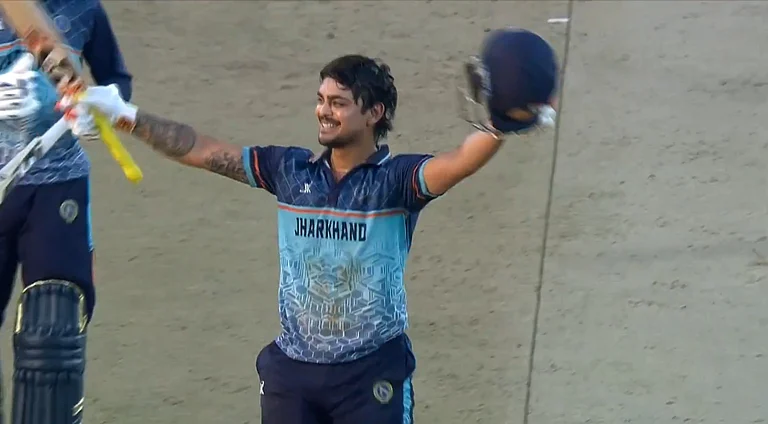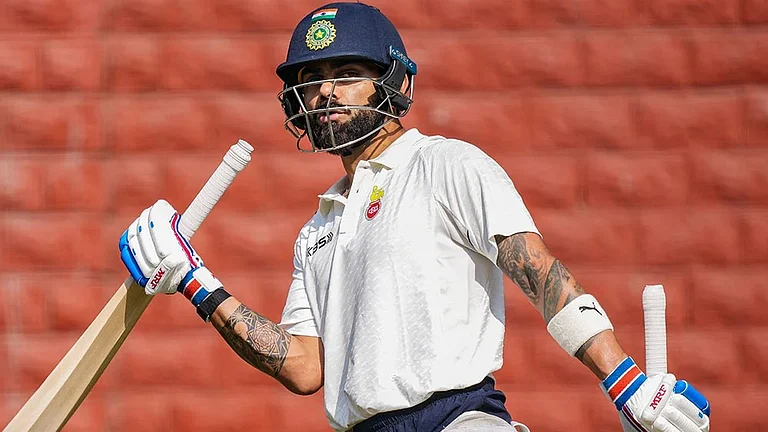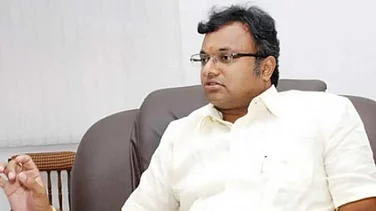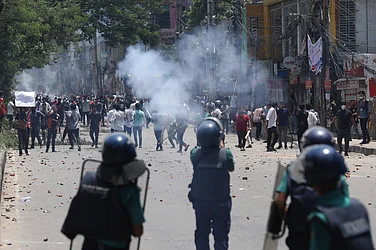Uttar Pradesh election results, which were announced on Thursday, reposed faith in the Bharatiya Janata Party (BJP). It was victorious on 255 seats, while Samajwadi Party (SP) could only secure 111 seats. The biggest loss was for Bahujan Samaj Party(BSP), which was reduced to only one seat.
But in terms of vote share, this election was Samajwadi Party’s best performance. In 2012, when SP formed a government in Uttar Pradesh, with the full majority by winning 224 seats, it got only 29.15 per cent votes. While in this election its, vote share was up and touched 32.1 per cent, it could not convert it into more seats. But the party got more than double the seats that it did in the last elections – from 49, it reached 111.
BJP’s vote share has also increased from 39.67 per cent in the 2017 assembly elections to 41.3 per cent in 2022. But the number of seats fell from 312 to 255.
If we talk about BSP, its vote share in this election was 12.9 per cent, which has constantly shrunk since 2012 when it was 25.91 per cent. In 2017, it was 22.23 per cent.
The interesting thing in this election was that though BJP received 69 per cent more votes than what BSP got, the difference in seats that they got was huge, which means that to secure one seat on average, BJP had to get 1,49,223 votes, while for BSP it was 1,18,73,137 votes per seat. This means that BJP secured one seat in just 1.25 per cent of votes that BSP got.
From 2012, when SP’s vote share was 29.15 per cent, it came down to 21.82 per cent in 2017 – which was just eight per cent less than earlier, but in terms of seats it fell down from 224 to 49.
Congress received 11.63 per cent of overall votes in 2012 and won 28 seats. In 2017, its vote share came down to 6.25 per cent when it got seven seats. Continuing its poor performance in this election, the Congress vote share fell to 2.3 per cent and they won two seats.
This discrepancy is an attribute of the “first past the post system” (FPTP) system that India follows. It implies that a candidate with the highest votes wins. Many criticise FPTP and call it an instrument of “tyranny of majority”. They demand proportional representation system – an electoral system that weighs on representation based on vote proportion to a candidate or a party.
Bhupinder Singh Brar, Professor Emeritus at the Department of Political Science of Punjab University, said, “First past the post system is the simplest form of electoral system. That is why we adopted it and almost all the democracies use it.”
“What we are seeing in this election is not new. Some parties do not secure as many seats despite getting a significant number of votes.”
But if we opt for proportional representation, then a question would emerge – proportion of what and how,” said Prof. Brar.
India is a hugely diverse country.
He added, “There are various interest groups and class and caste-based divisions. How will we give representation and on what basis?”
The Constituent Assembly too debated on the electoral system. M Ananthasayanam Ayyangar called proportional representation “too advanced” for a democracy like India and “impractical to introduce” in some constituencies given the huge population. B R Ambedkar too considered proportional representation unsuitable for India. He believed reservation in legislative assemblies could better secure the interests of minorities.
The size and diversity of India fuel the debate over proportional representation in the country. Bureaucrats and academicians have been talking about it as well. In 2018, in an interview with The Hindu, former election commissioner S Y Qurashi said that there is a need for debate over “various models of proportional representations”.
Professor Brar pointed out that one of the biggest drawbacks of FPTP is that it discriminates with geographically-dispersed minorities. He said, “Sikhs are dispersed in various regions of India. And they concentrated in Punjab, so they get more representation in Punjab than in comparison to other regions.
“Same happens with Muslims of Kashmir and Muslims of other parts of India. Another example is of women. They by nature are geographically dispersed.”





















